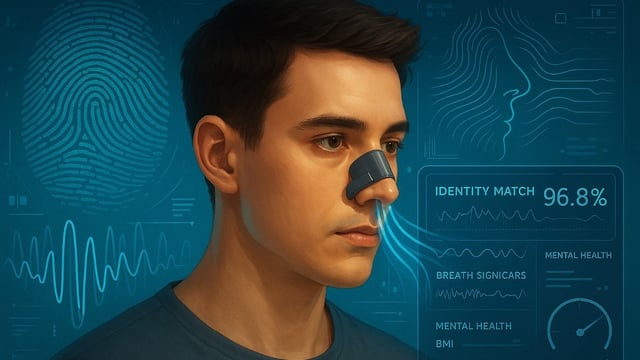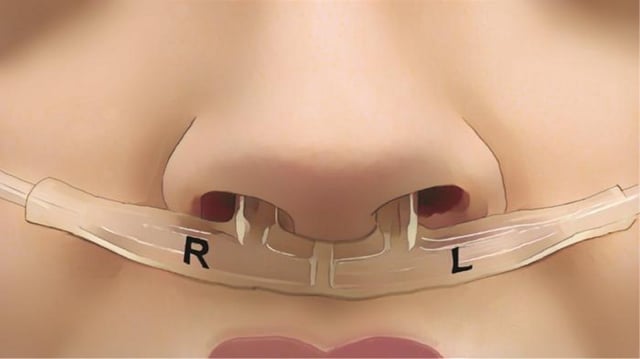Overview
- A Weizmann Institute study tracked nasal airflow in nearly 100 adults over 24 hours and achieved 96.8 percent accuracy in identifying individuals based on their breathing patterns alone.
- Analysis revealed that respiratory fingerprints correlate with body mass index, sleep–wake cycles and self-reported levels of depression and anxiety.
- Participants reporting higher anxiety displayed shorter inhalations and more variable breathing pauses during sleep, suggesting breath analysis could aid mental health diagnostics.
- The current prototype’s visible nasal tubes, lack of mouth‐breathing data and tendency to shift during sleep limit its appeal for everyday use.
- Researchers are now developing a more discreet, user-friendly sensor and exploring whether guided breathing techniques can enhance emotional wellbeing.


